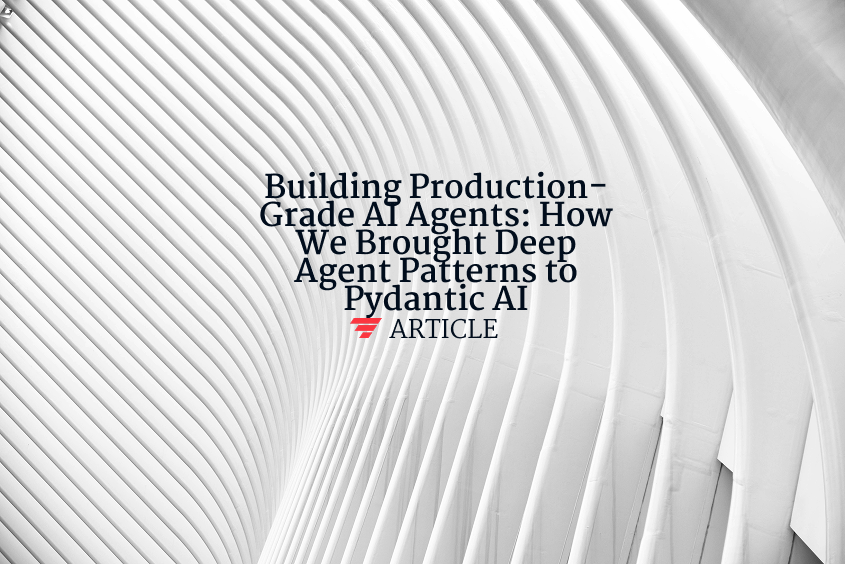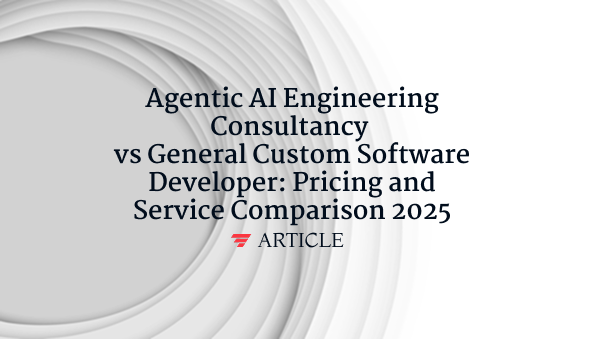Embedding Model
Embedding Model is a neural network that transforms raw data—words, sentences, images, audio—into dense numerical vectors whose distances encode semantic similarity. Trained with objectives such as contrastive learning, masked-language modeling, or triplet loss, it captures context and meaning so downstream systems can power semantic search, recommendation engines, clustering, and Retrieval-Augmented Generation (RAG). Popular examples include Sentence-BERT for text, CLIP for image–text pairs, and OpenAI text-embedding-3-large for cross-domain tasks. Quality depends on dimensionality, training corpus, and domain fit; performance is measured by recall@k, mean-average-precision, and clustering purity. Fine-tuning sharpens nuance, while quantization and pruning shrink model size for edge deployment. By turning human language and perception into machine-friendly math, embedding models are the backbone of modern AI pipelines.
Want to learn how these AI concepts work in practice?
Understanding AI is one thing. Explore how we apply these AI principles to build scalable, agentic workflows that deliver real ROI and value for organizations.




